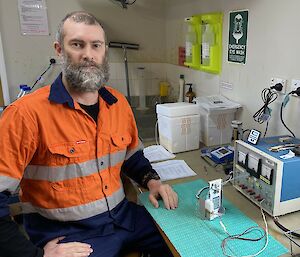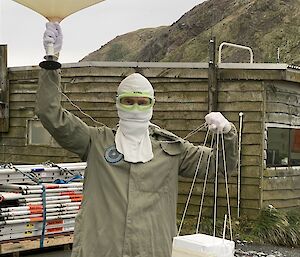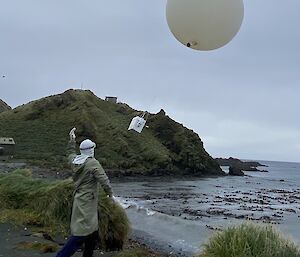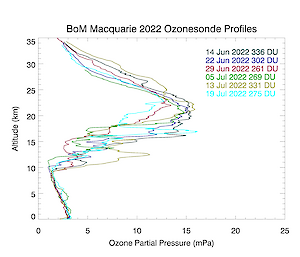Ozone is a naturally occurring chemical consisting of 3 oxygen atoms and is found in a layer beginning at about 10 km above the surface of the earth with a peak in concentration at about 22 km. It’s important to life on earth because the ozone layer absorbs all ultra violet C radiation from the sun, which is very dangerous to all life. It also absorbs most of the ultra violet B radiation, which causes skin cancer and cataracts in people and damages crops and the ecosystem, particularly aquatic lifeforms.
A hole in the ozone layer was discovered at Haley Station, Antarctica, in 1985 by 3 British scientists and it still exists today. It changes seasonally and forms in late winter and lasts throughout the spring. Sometimes it can be very circular and centred over the South Pole and at other times it can be elongated or distorted and wobble back and forth over the pole. In 1987 the “Montreal Protocol On Substances That Deplete The Ozone Layer” was agreed and signed by every country in the world, which lead to a phase out of ozone depleting substances. It was only in 2018 that an assessment made by the World Meteorological Organisation was ready to say that signs of improvement in the ozone hole since 2000 were now starting to become evident.
Every Wednesday morning since 1993, the Bureau Of Meteorology (BOM) team at Macquarie Island have released an ozone sonde. An ozone sonde is an instrument that records the concentration of ozone in the air and is attached to a weather balloon. As the balloon ascends up through the atmosphere the ozone sonde continually records the concentration of ozone at every height from the surface to about 35 km, where the balloon bursts. The data is transmitted back to the weather station where an ozone vertical profile is created. The vertical profile is a graph that illustrates the important features of the ozone layer such as where it begins, how thick it is and where the highest concentration of ozone is. This is analysed by BOM staff in Melbourne and shared with other meteorological organisations globally.
The Macquarie Island ozone sonde program is very important because most long term records of ozone are from the northern hemisphere. Macquarie Island is one of only a very few long term sites in the southern hemisphere and the only one in the latitude band between 50 and 60 degrees south.






